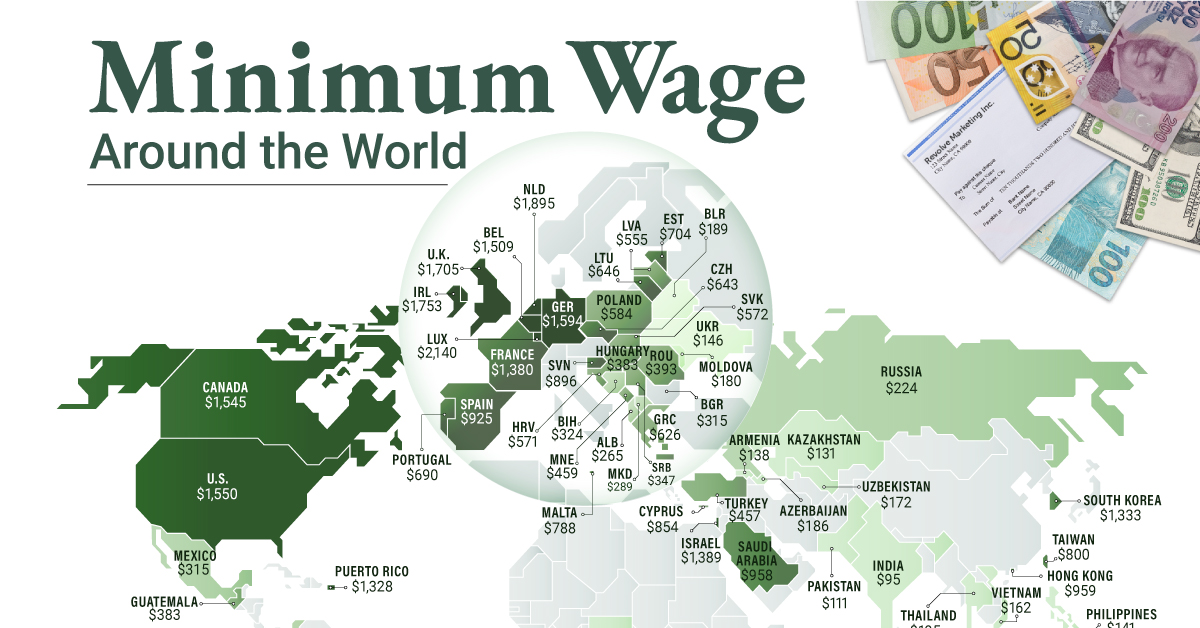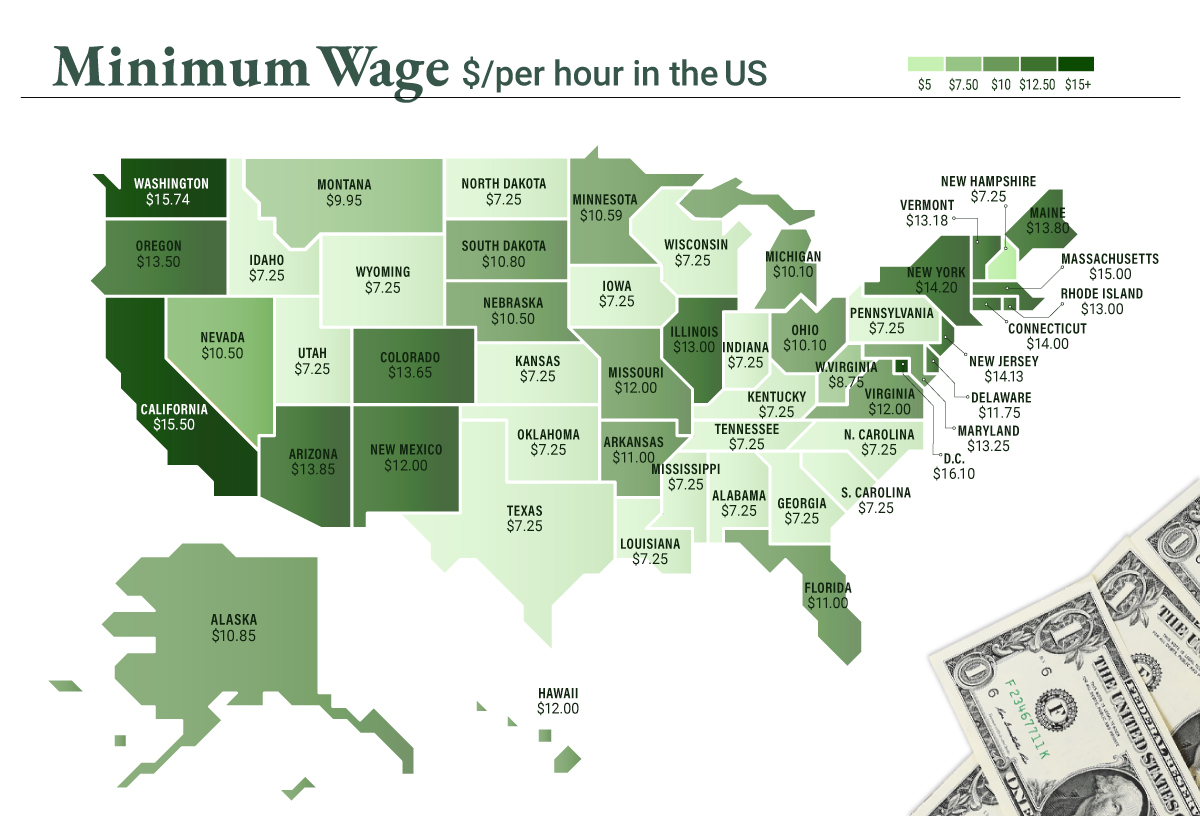But losing money doesn’t just happen in a stock portfolio – it’s also a common occurrence in other facets of life. That’s why Warren Buffett leads such a frugal lifestyle. He knows that every extra dollar spent on something he doesn’t need is wasted capital. In practically every house in America, capital is being wasted on energy consumption. That’s because the average electricity spend per year is $1,368.36 per year, and 35% of the power used is actually wasted. This is neither good for your bank account or the environment.
What Uses the Most Energy in Your Home?
Today’s infographic from Connect4Climate shows the breakdown in the energy use of a typical home. It highlights the average cost per year of different appliances, while also showing what uses the most energy over the course of the year.
Modern comfort comes at a price, and keeping all those air conditioners, refrigerators, chargers, and water heaters going makes household energy the third-largest use of energy in the United States. Here’s what uses the most energy in your home: One of the easiest ways to reduce wasted energy and money? Shut off “vampire electronics”, or devices that suck power even when they are turned off. These include digital cable or satellite DVRs, laptop computers, printers, DVD players, central heating furnaces, routers and modems, phones, gaming consoles, televisions, and microwaves. Warren Buffett would probably agree that a penny saved is a penny earned – and being more efficient with your energy use is good for your pocketbook and the environment.
on To see how the minimum wage differs around the world, we’ve visualized data from Picodi, which includes values for 67 countries as of January 2023.
Monthly Minimum Wage, by Country
The following table includes all of the data used in this infographic. Each value represents the monthly minimum wage a full-time worker would receive in each country. Picodi states that these figures are net of taxes and have been converted to USD. Generally speaking, developed countries have a higher cost of living, and thus require a higher minimum wage. Two outliers in this dataset are Argentina and Turkey, which have increased their minimum wages by 100% or more from January 2022 levels. Turkey is suffering from an ongoing currency crisis, with the lira losing over 40% of its value in 2021. Prices of basic goods have increased considerably as the Turkish lira continues to plummet. In fact, a 2022 survey found that 70% of people in Turkey were struggling to pay for food. Argentina, South America’s second-biggest economy, is also suffering from very high inflation. In response, the country announced three minimum wage increases throughout 2022.
Minimum Wage in the U.S.
Within the U.S., minimum wage varies significantly by state. We’ve visualized each state’s basic minimum rate (hourly) using January 2023 data from the U.S. Department of Labor.
2023-03-17 Update: This map was updated to fix several incorrect values. We apologize for any confusion this may have caused. America’s federal minimum wage has remained unchanged since 2009 at $7.25 per hour. Each state is allowed to set their own minimum wage, as long as it’s higher than the federal minimum. In states that do not set their own minimum, the federal minimum applies. If we assume someone works 40 hours a week, the federal minimum wage of $7.25 translates to an annual figure of just $15,080 before taxes. California’s minimum wage of $15.50 translates to $32,240 before taxes. For further perspective, check out our 2022 infographic on the salary needed to buy a home across 50 U.S. cities.














